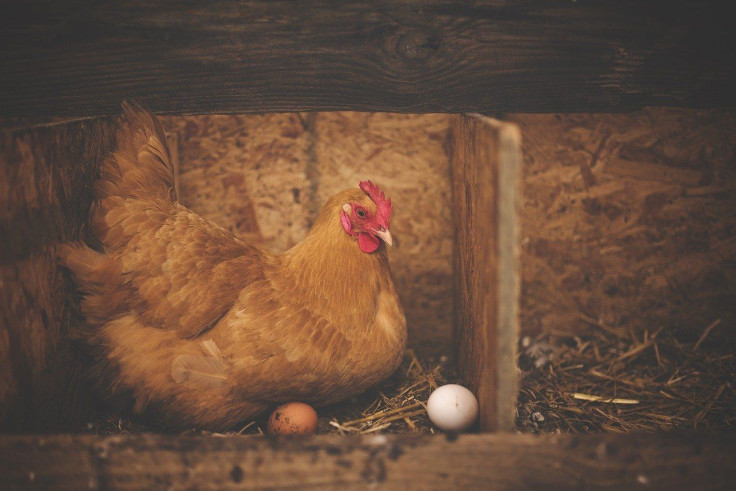National Poultry Day 2021: 16 Interesting Facts To Celebrate The Occasion
KEY POINTS
- National Poultry Day is observed on March 19 every year
- It recognizes the farmers, the produce, and the industry as a whole
- Below are some interesting facts about poultry
It's time to celebrate your favorite fowl as Friday marks National Poultry Day.
The term poultry refers to the domestic birds that are raised for food and eggs. It comes from the Latin word "pullus," which means "small animal." These birds include more common ones such as chicken, duck and turkey, as well as more uncommon ones such as pheasant and quail, National Day Calendar said.
Among them, chickens have become Americans' favorites, even surpassing other meat sources such as pork and beef.
National Poultry Day has been celebrated since 2004 to recognize the produce, the farmers and the industry as a whole.
For this year's National Poultry Day, let's have a look at some interesting poultry facts, courtesy National Today, Purely Poultry, Purdue University's Avian Sciences Club and National Day Calendar:
- Different chicken varieties can lay different colors of eggs. This can vary from the usual white and brown ones to the more unique blue and green.
- A baby turkey is called a poult.
- Wild turkeys can fly up to 55mph in short distances.
- Ducks have 360-degree vision, and some even sleep with one eye open to stay vigilant.
- A hen lays an egg every 24 to 26 hours.
- A male turkey's head turns blue when excited, but turns red when it's ready to fight.
- In some countries, chickens are worshiped for their fighting prowess and are even believed to have divination powers.
- In 1992, chicken consumption in America surpassed beef for the first time.
- A group of chickens is called a peep or a brood.
- The terms used for a group of ducks vary depending on where they are. It's called a flock when in flight; brace or badling on the ground and a raft, paddling or team when in the water.
- Groups of geese also have different names depending on their location. A group of geese in flight is called a flock or skein; they are called a gaggle, corps or herd on the water or land.
- Some people are afraid of chickens. The condition is called alektorophobia.
- A chick typically takes 21 days to hatch, but poults and ducklings take slightly longer at 28 days.
- Geese prefer to eat fertilized grass over unfertilized grass.
- The mating dance of a rooster is called "tidbitting."
- Chickens make good pets as they cost less, like being held, are sociable and may even help keep your garden free of insects.

Pictured: A chicken and some eggs in a barn. Pixabay
© Copyright IBTimes 2024. All rights reserved.






















